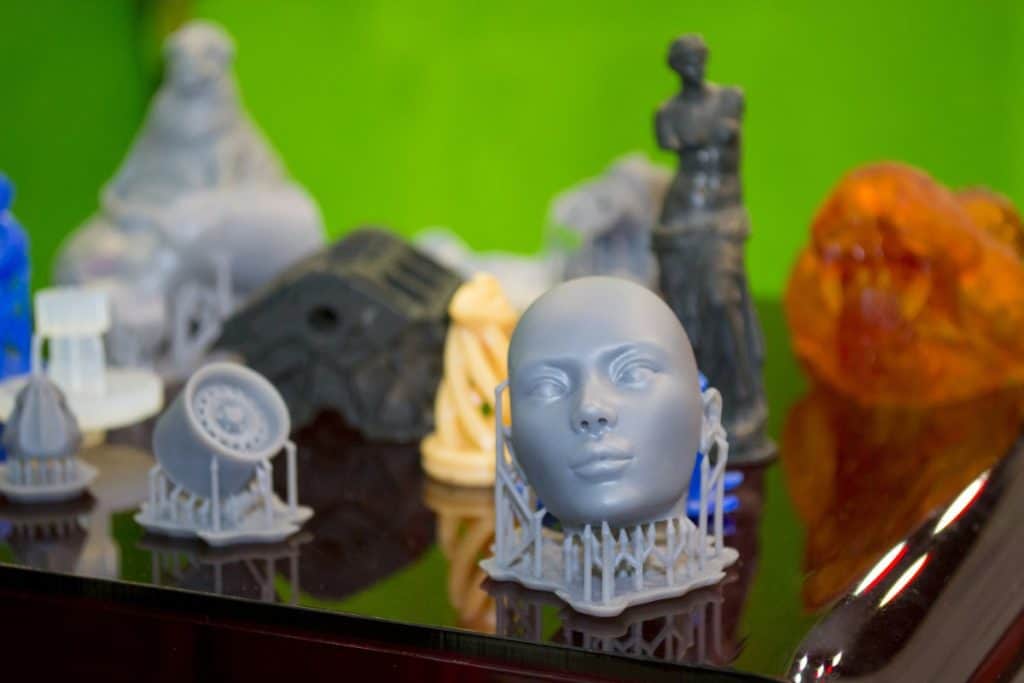

If you’re not a patient person, some UV resins cure within minutes of being exposed to direct UV light, making way for more urgent or immediate resin art pieces. As for the mold, you can use silicone molds of just about any size or type – even candy silicone molds work well with resin casting.ĭepending on the size of your project, resin-cast pieces will typically harden enough to move within about 12-24 hours, and you will have fully cured resin within a few days. In resin casting, that liquid material would be epoxy resin, typically consisting of a resin and a hardener if you’re using a two-step system. In a nutshell, casting is the method of pouring a liquid material into a mold to harden. Most resin art, however, especially those found online, can be divided into two different resin art methods: casting and pouring. In this article, we talk about a few different techniques and uses to really take your art to the next level! The Two Main Types of Resin ArtĪs mentioned, you can do a lot of things with resin. Learning the different applications of epoxy resin will not only improve your experience in using it, but it will also give you a new way to elevate your finished artwork. In acrylic pouring, epoxy resin augments or seals your pieces, giving them extra depth and vibrance.Įxperimenting with epoxy resin painting techniques can be intimidating, but there are so many amazing techniques to explore! Once you get the hang of it, epoxy resin art techniques aren’t as difficult as you might think. Epoxy resin art techniques are definitely one of the most exciting mediums to work with as it is versatile and can make both 2D and 3D art.


 0 kommentar(er)
0 kommentar(er)
